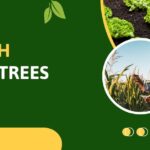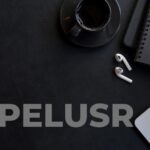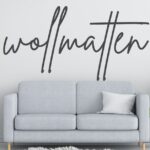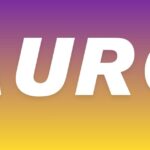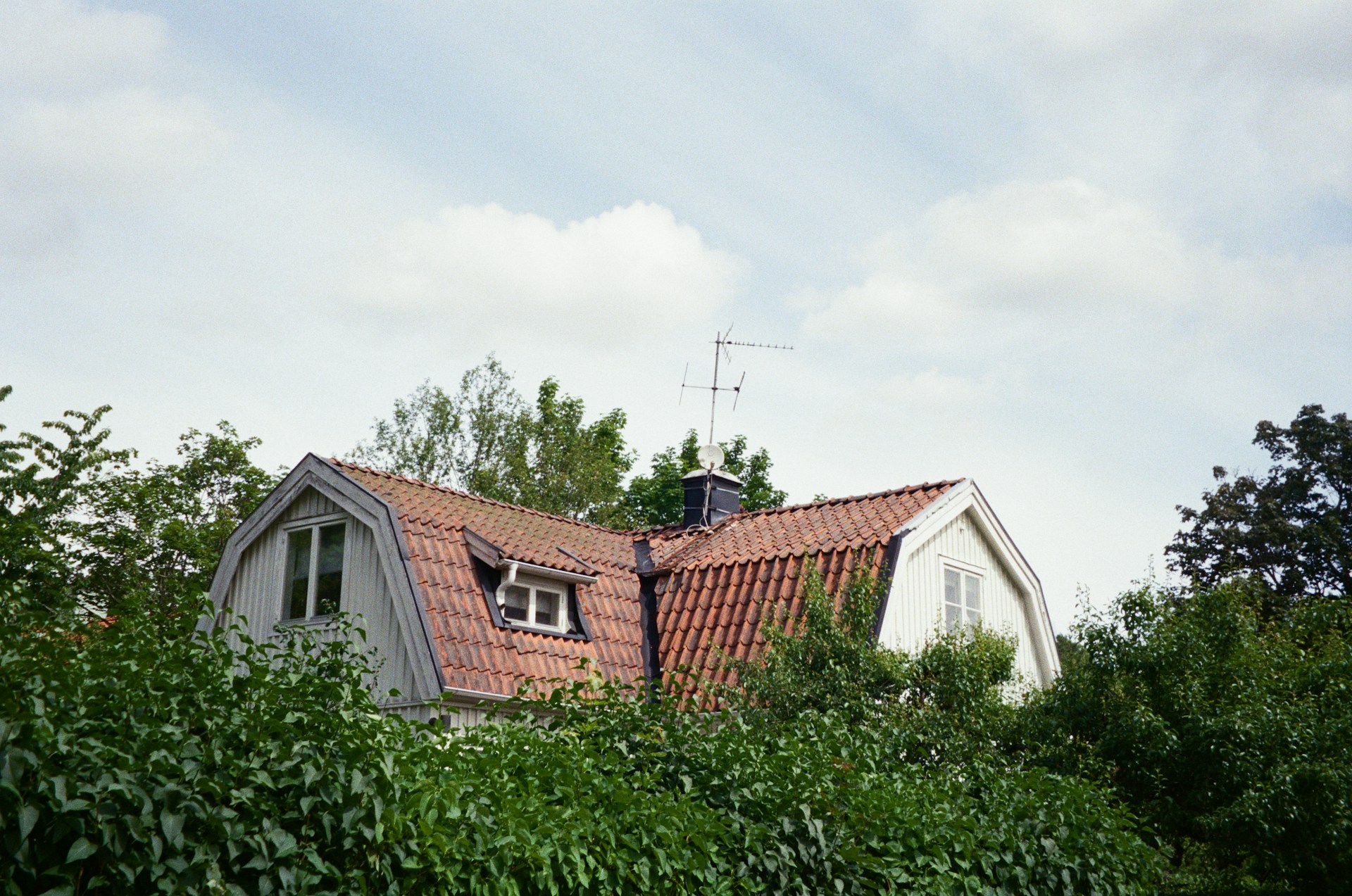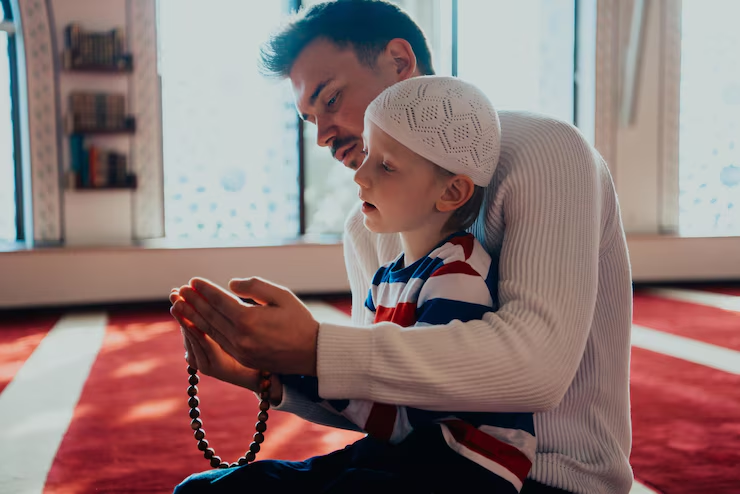Lauren’s work has built a bridge between science and art in the way that reminds us how enchanting the human anatomy is, even post mortem. Her series of sculptures, paintings and drawings are carefully determined through research, grazing upon the surface of potential memories and stories. She teaches art and anatomy at Stanford University while practicing art in her Bay Area studio.
Do you work in a traditional studio environment?
I do work in a traditional studio that I like to keep clean and the walls white. I often work on the floor, so cleanliness is a must, especially with white paper. Sometimes I work on non-traditional environments like a dissection lab. I draw everywhere and anywhere! However, my favorite place to hang in-process work is on a wall near my bed; it allows me time to meditate on it, and dream up new ideas.
What are your most favored tools? (Physical or not)
My eyes, hands, 8B pencil, a size 1 paintbrush and my 4H pencil (it recently took the place of my mechanical pencil.) Oh and no matter any way you cut it, I like puns, haha!
When did you first become aware of your fascination with the human body?
As a teen, making and viewing art taught me to see the body anew and sparked my fascination with the human body. Drawing faces, specifically eyes, interested me. I have always viewed art as something magical. A single mark added or erased from a portrait could shift one’s likeness or expression. My earlier works relied on realism and my artistic lineage seemed to have an Italian Renaissance sensibility and learning anatomy was important to me.
Nevertheless, contemporary artists like Jenny Saville and Cecily Brown encouraged me to see the body as smears of perfectly placed values and globs of paint. Artist William Rush created my favorite sculptures, an anatomical replica of a sphenoid bone. The structure resembles an ossified butterfly with elegant wing like structures that seem capable of flight. It is a lovely bone situated at the base of your skull. It is resting behind your eyes, as you read this very sentence!
Did you ever consider a career in the medical field?
I thoroughly enjoyed my anatomy courses and labs and I often thought, I can do this. However, my passion and love for art eclipsed any last minutes career moves. Fortunately, my art practice has given me the opportunity to explore many disciplines that I love, including medicine.
Where, or how, did your research start?
My research often starts with a question or wish to shine a light in the unknown or overlooked aspects of a person’s life. My research is not linear; it equates to a root that pulls from many sources.
Since you stated that your works are intended to share the essence but not overpower the viewer, is your research along the same lines? How deep do you dig?
I use marks to explore the human body and phenomena that currently has no scientific conclusion. What is consciousness? Researchers do not know how neural activity could cause, or be conscious experiences. My current research has encouraged me to be open-ended. I love art because it feeds the eye and gives us the tools that we need to imagine new meanings when science falls short. When I dig too deep, the results are dull and spiritless. I like my art to functions in a similar vein as Lacan’s object petit a (our object of desire) – suggestive, not explicit.
There is a washed out effect on your paintings; why have you chosen to display them that way?
I chose to present them in this manner because I wanted them to function like a memory. When one recalls a memory, emotions can be strongly felt, but the mental recap of the event is never as clear as the real thing. I want my art to work in a similar way. The unmarked areas that surround my figures are left bare, providing the space to contemplate the unknown and unknowable.
What is the best part and most frustrating part of working with the human form?
American writer James Lord, expressed in his bibliography about Alberto Giacometti, that the task of creating is the task of Sisyphus: “in full knowledge of the impossibility of the goal to reproduce or create a ‘likeness’ of ‘nature’ he labors on.” At times the infeasibility of the goal frustrates me, yet continues to fascinate me.”
How has your work affected your own sense of presence or absence in society?
I especially love the act of drawing and painting because it slows me down. it allows me to give my undivided attention to the macro and micro aspects of life. Life goes by at warp speed and you must practice being present or you will miss it. In fact, I recently saw a piece of paper blown across a large parking lot. I thought, wow, I want to capture this moment in a drawing, but I did not. I chose to watch it until the wind blew it away
In regard to your Fayum Portrait Series, how do you choose who you will draw from the missing portrait database?
I can only express it as a certain je ne sais quoi that draws me in and compels me to create a portrait. In life, you come across people who resonate with you. the faces that I drew ranged from old to young and are from many different countries.
How do you choose which additional images you will tie into those portraits? Do they represent their backstories?
The images that I incorporated into the John and Jane Doe drawings offer a hint into their life like a key, native plant, cross, or necklace…etc. Personal possessions and their geographic location are loosely incorporated into the composition. I allow my hand to lead and my mind to follow, especially when deciding what to include.
Would you walk us though the process of Atomic Orbital Masks?
I began the piece by obtaining the circumference of my face with strips of reed. I later made different size masks and I invited visitors to try them on until they found one that fit their face. The design was loosely inspired by my interest in atoms. The curved stripes stripes are (loosely!) inspired by the circular paths of an electron orbit around the nucleus of an atom. Atoms are the building blocks of matter.
What kind of responses have you received from the audience interactions with Atomic Orbital Masks?
People were receptive to the project and I had the opportunity to photograph many of the visitors wearing the masks. It thrilled me to see people interacting with the installation and enjoying it. It was a fun project that inspired my Limb Series.
What is the significance behind using bamboo in your work?
I use bamboo, but primarily reed strips. I like using natural materials. I also like that reed resembles measuring tape — what does it mean to be measured when the world of matter remains boundless? I played with this question in my piece Legs by wrapping strips of reed across my thigh, knee and ankle. While still attached to my leg, I fastened the strips. Then I removed the structure from my limb, which resembles a brace. The front, back, side and inside of the sculpture can be seen from all angles. Although the piece can be visually and physically penetrated, nothing can be ascertained but the presence of the brace and the absence of a limb.
What is Man explores, well, just that. Do you believe we are identified best by our physical presence? What other factors do you take into consideration when relaying the humans form to us?
People are complex; I do not believe that they are best identified by any one thing. Having literally peeled back the layers of the human body, I believe that the parts that make us “who we are” are not tangible structures. Presence and absence interest me because it can be felt, but not dissected.


